Chris King
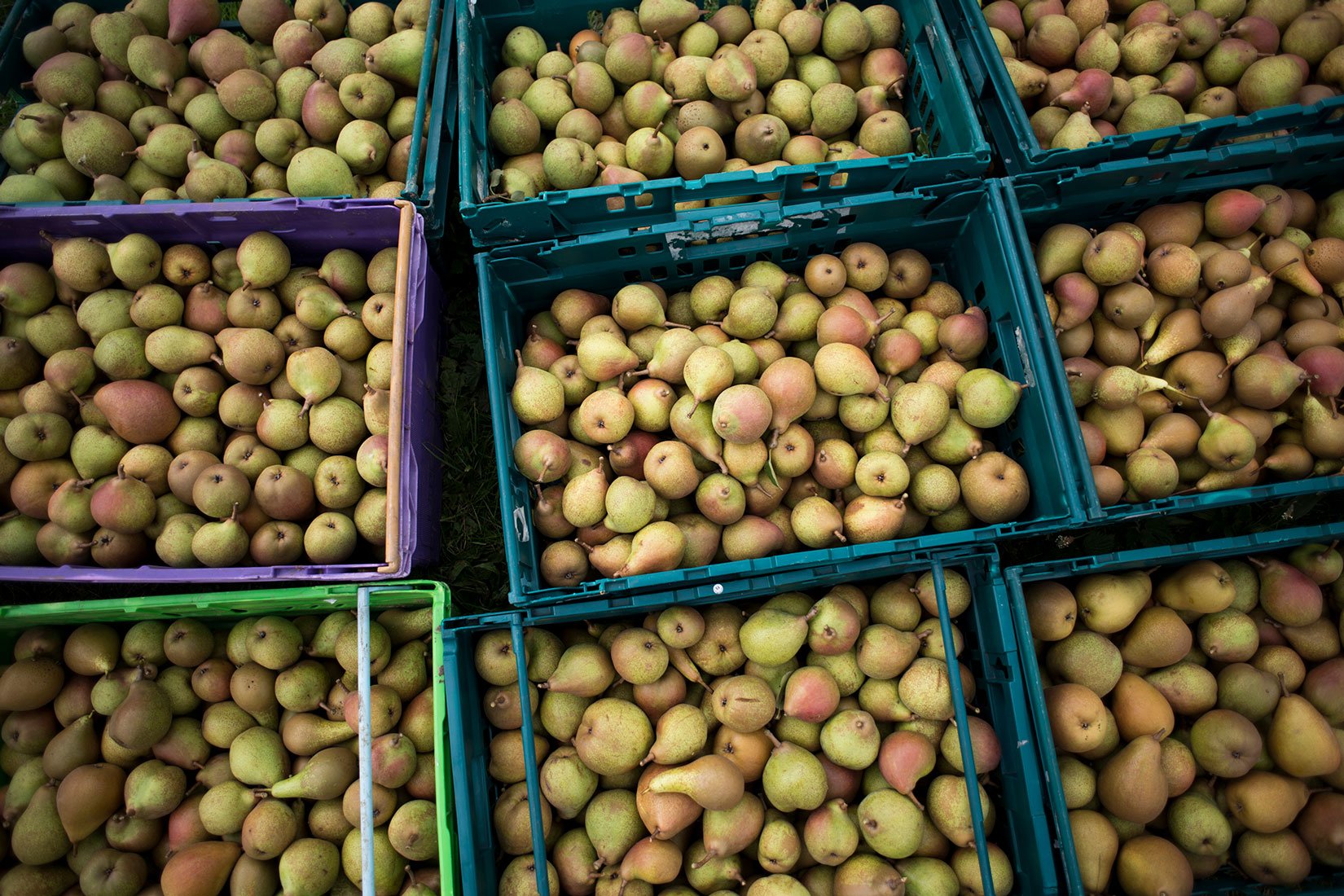

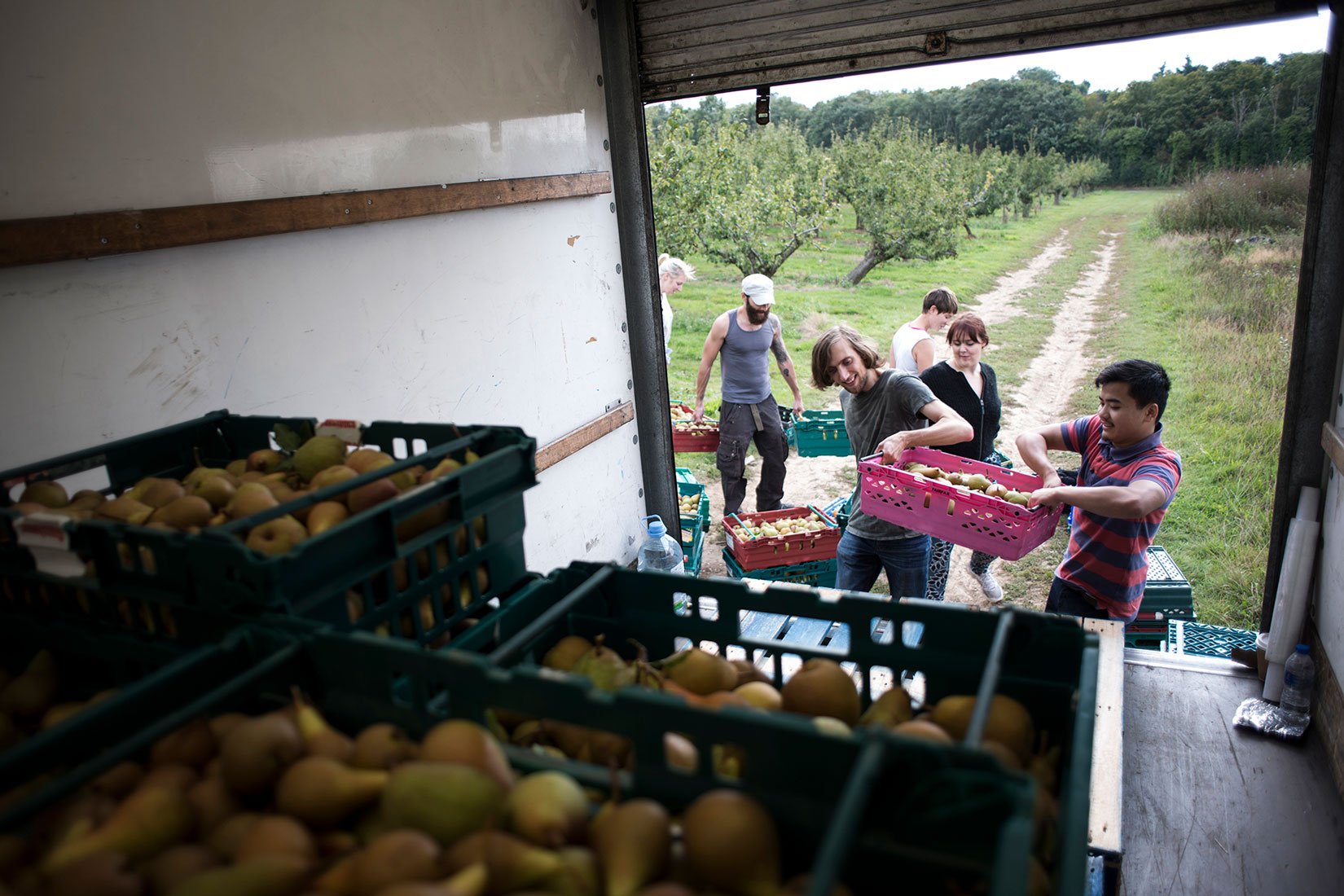
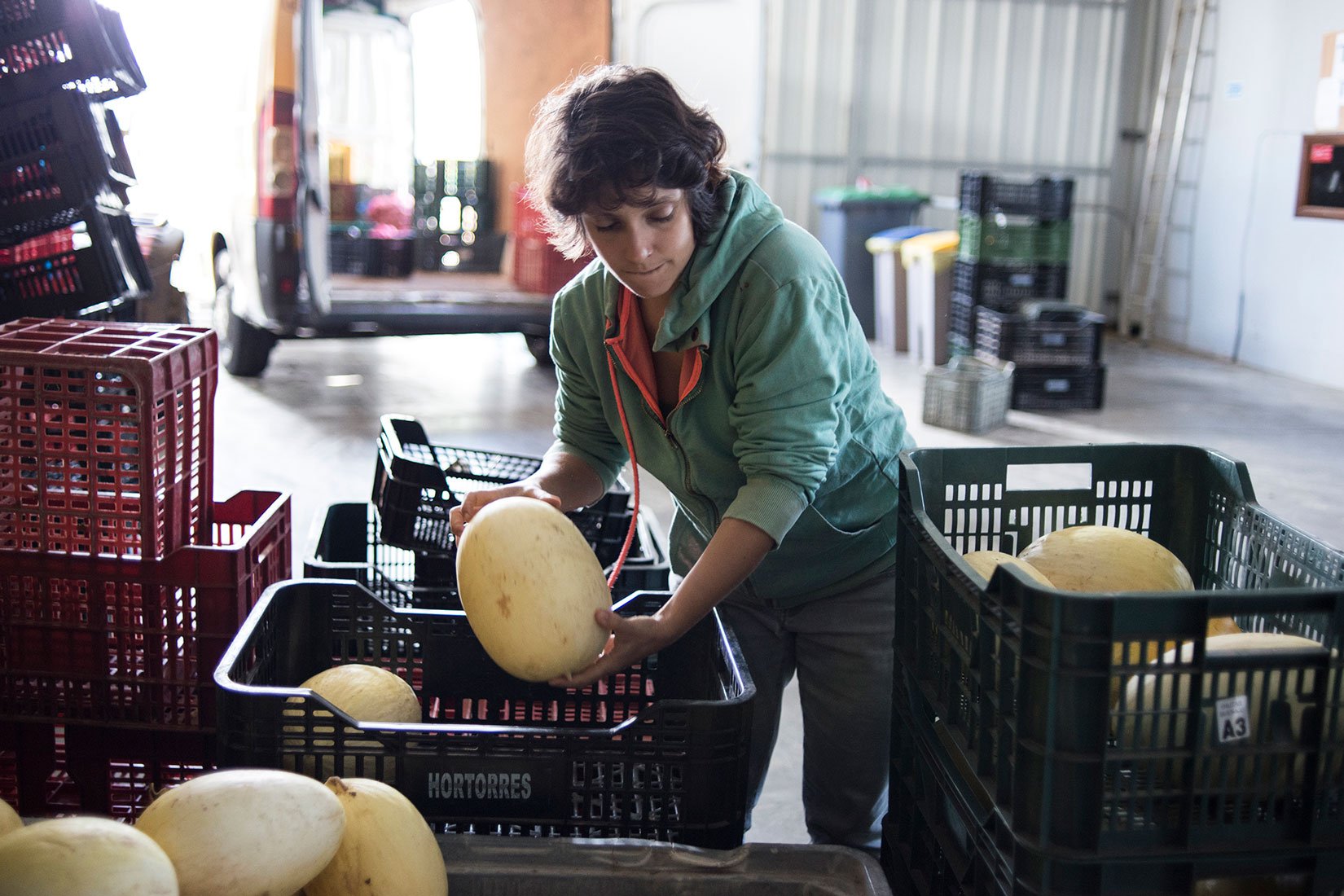
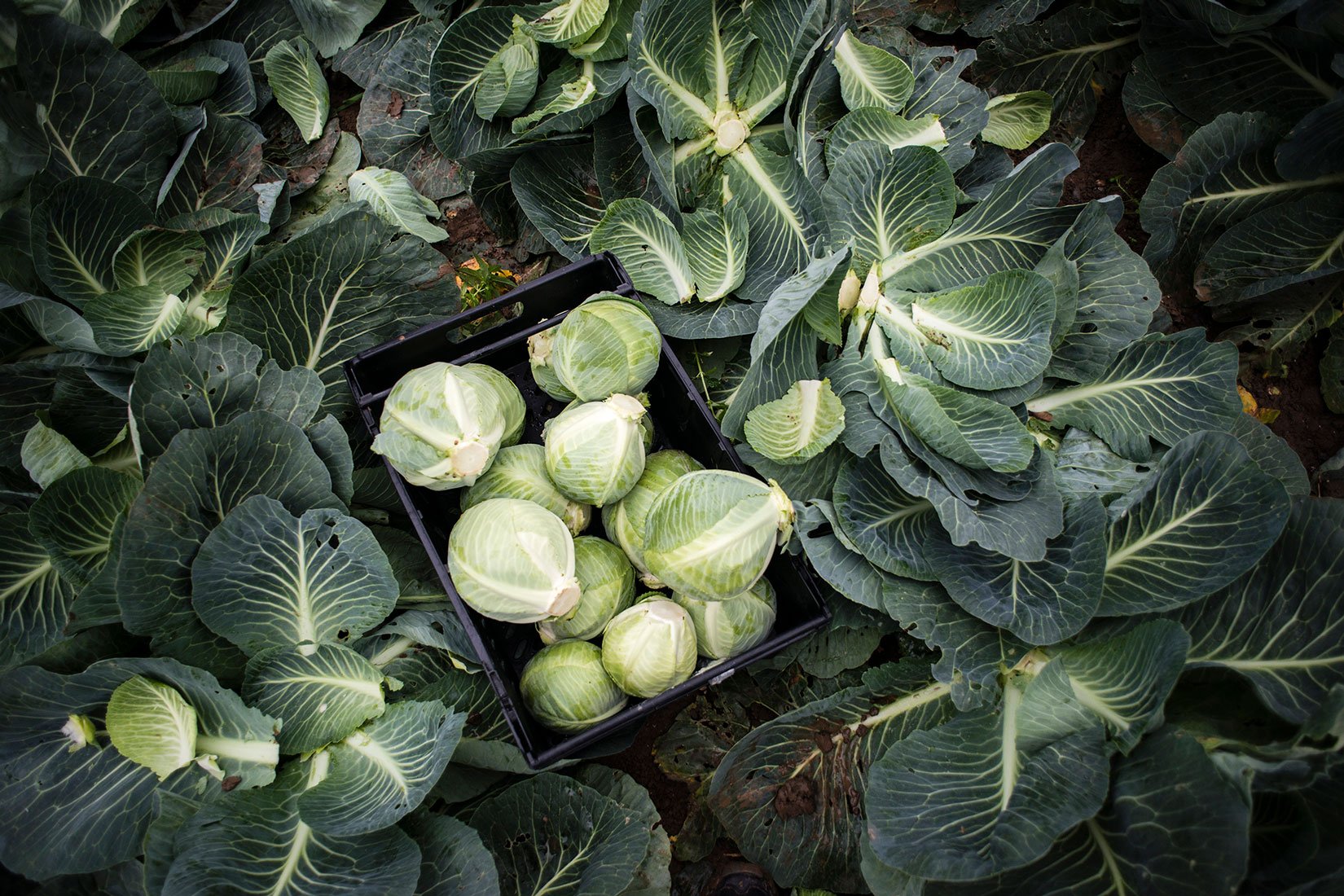
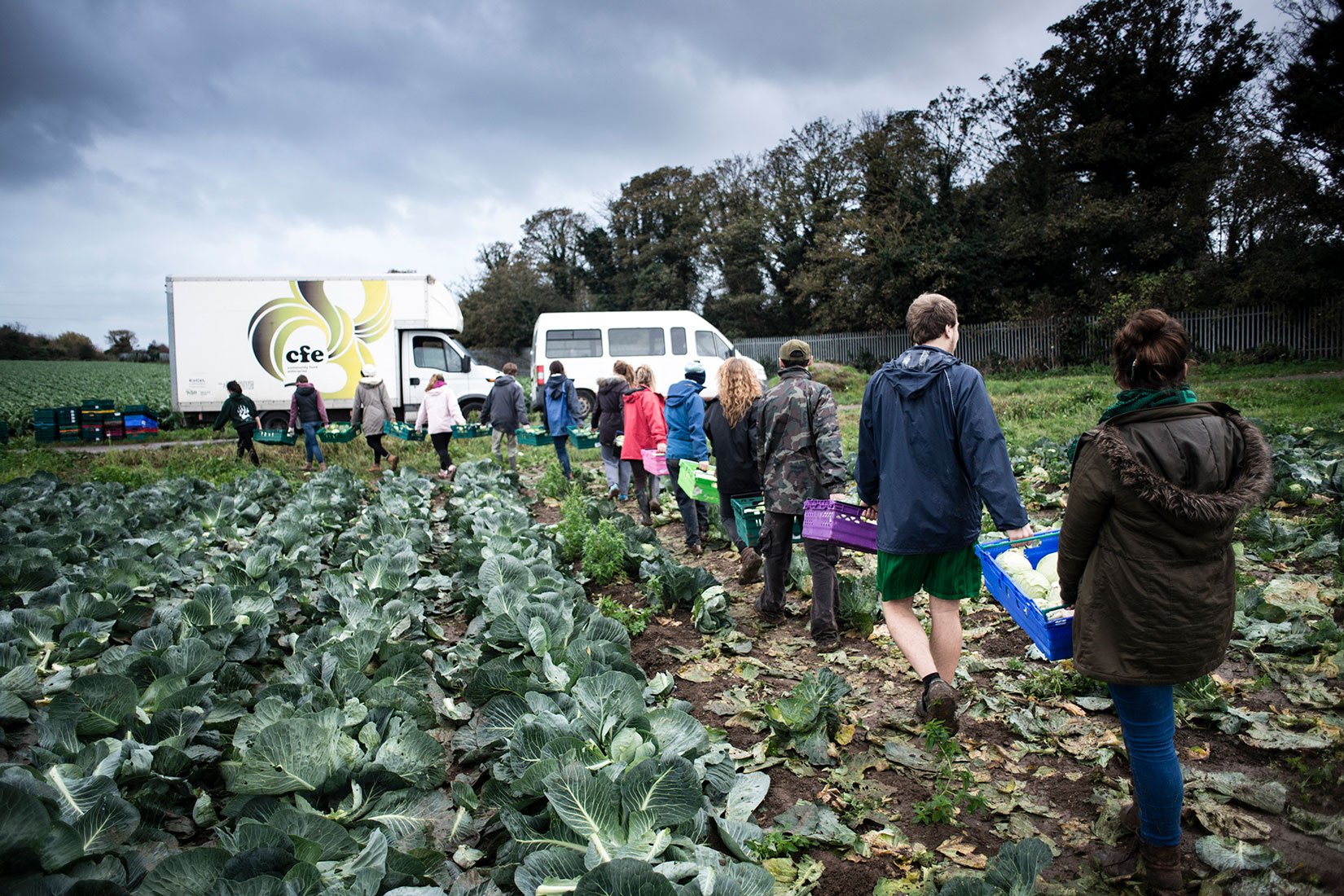
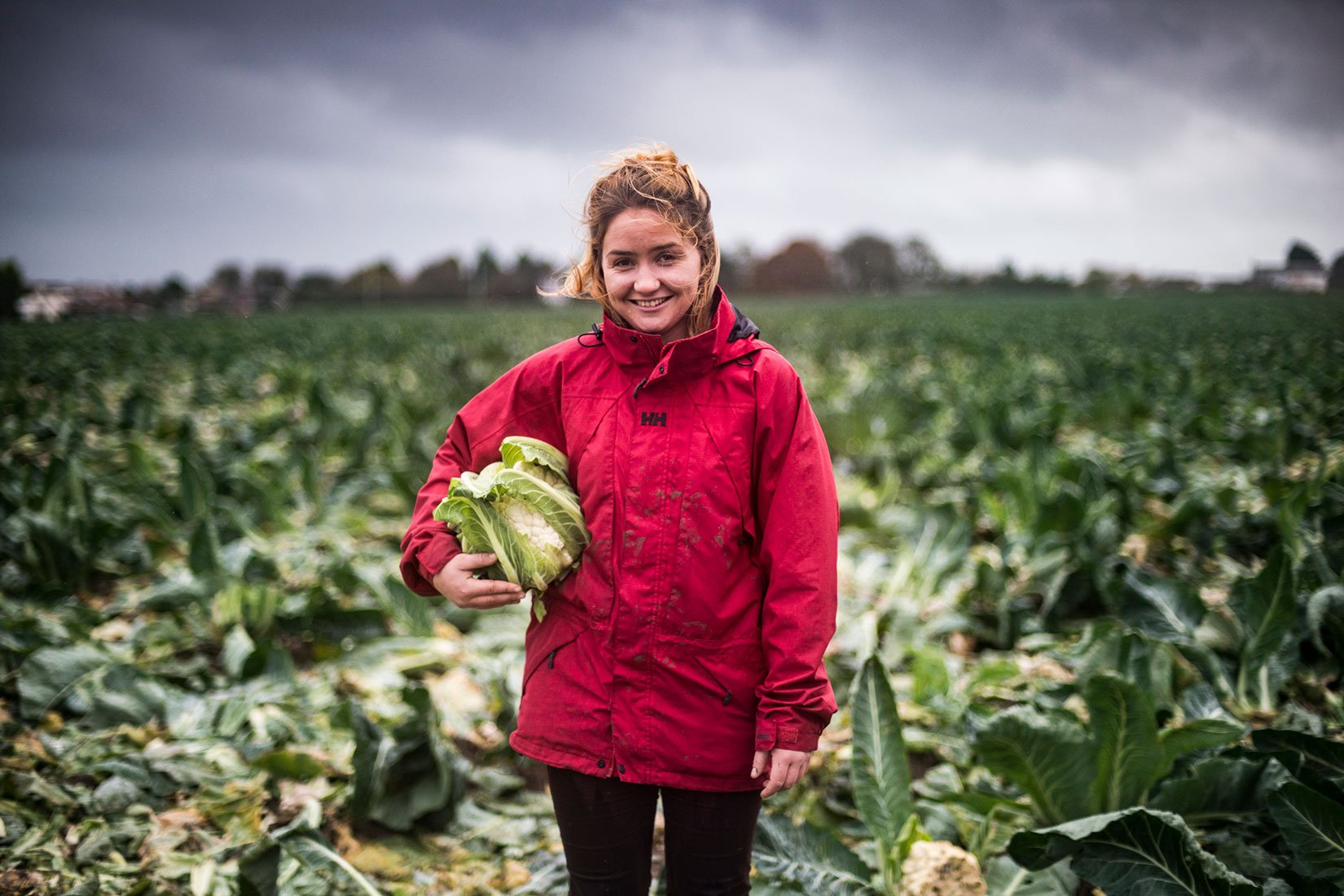
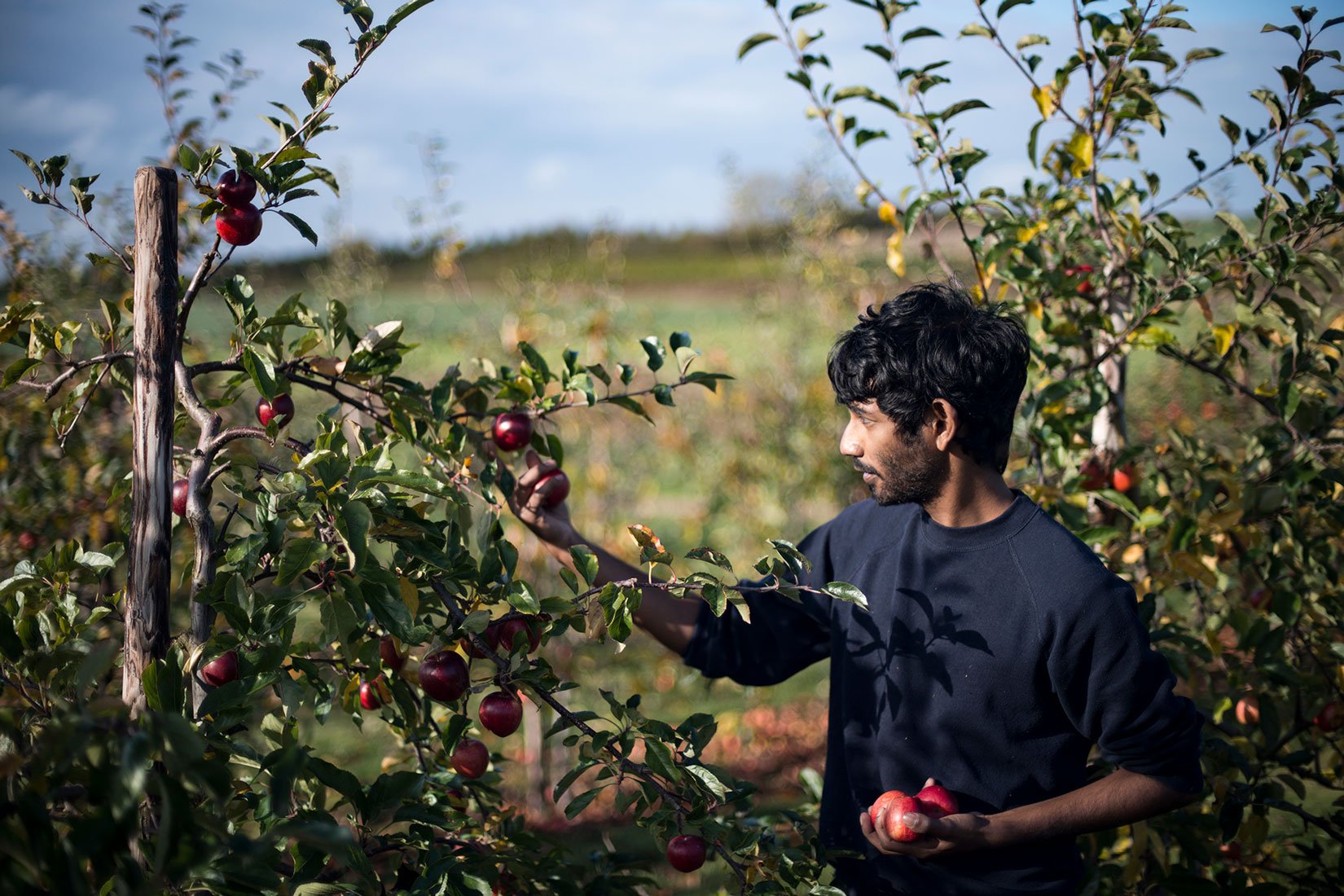
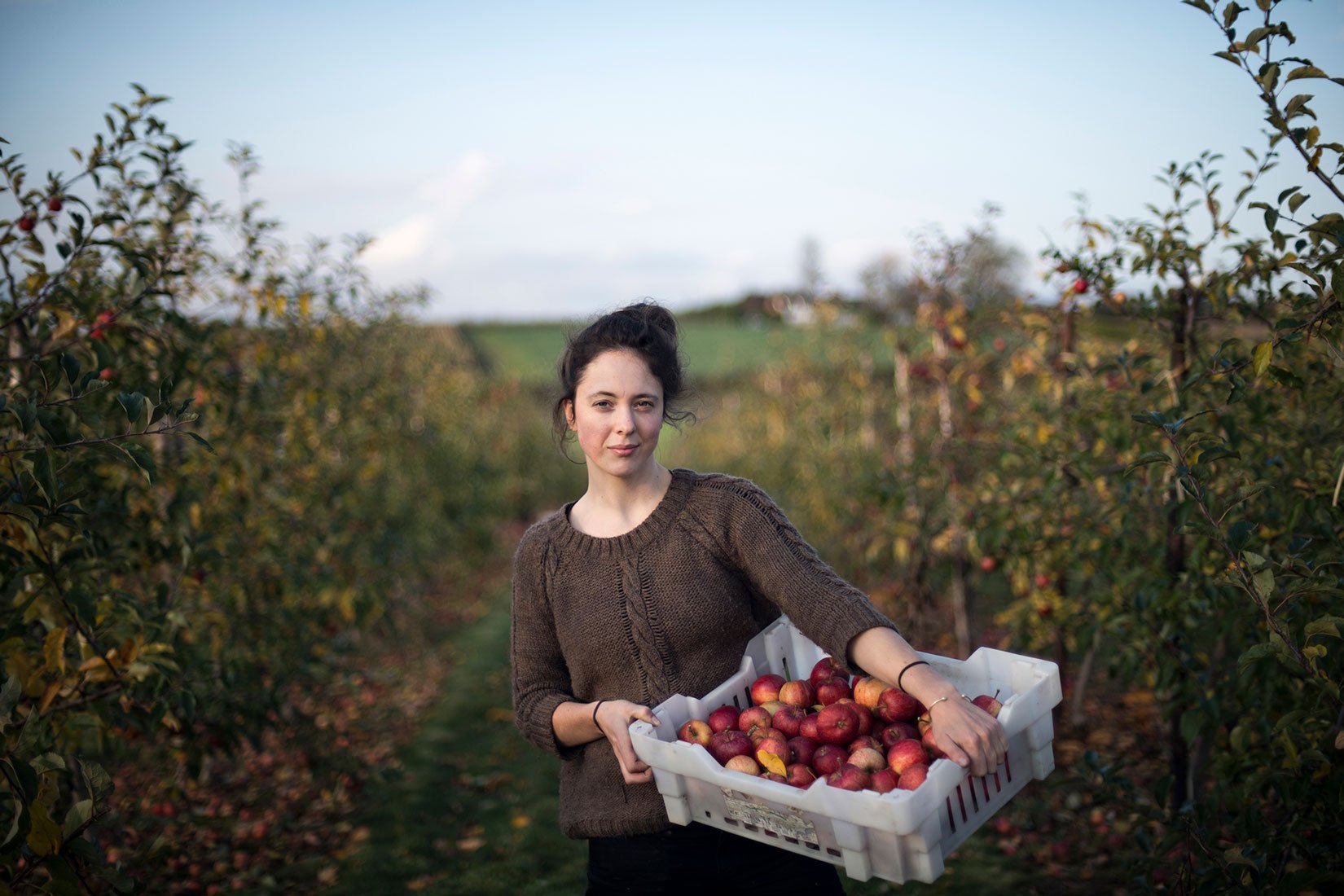
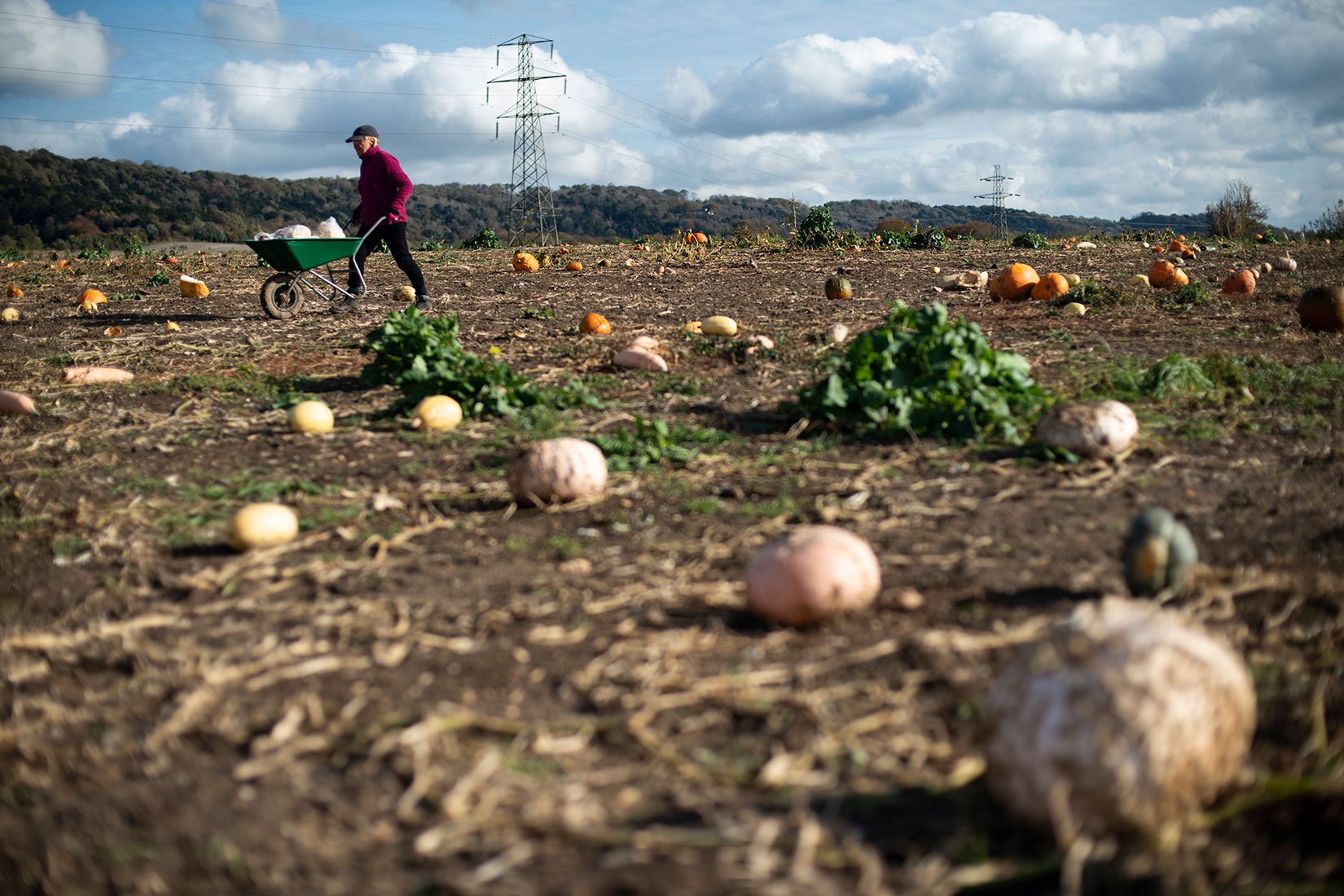
Food Waste
I bought a 35mm SLR camera – a second-hand Nikon F80 and a couple of cheap lenses on eBay before left to work as an adventure tour leader in Egypt in in 2004. I did so out of a desire to learn photography so I could go out into the world and document stories that were going unreported – to engage with communities that were suffering at the hands of others, but whose voices were going unheard. This desire was fuelled by my work and my studies but unfortunately, I ended up only being able to document everyday life… the desire was there nonetheless…
Having such a drive is far from being unique of course, but for me the camera was and still is a tool – a means to an end, albeit one that I really enjoy learning about and using. As a consequence, I’ve never really engaged deeply with photography as an art form, but instead as a means of communication – as an activist’s tool for documenting and communicating injustices.
This means I lead with the story and the messages I want to communicate, and then I think about how I can best go about visually representing them in order to have the maximum positive impact on both the subjects of my work and the audience that engage with it.
So, really I use my photography as a form of activism, with my key focus being on the messages – what do I want people to take away from my work, and what impact do I want to have, and how can I maximise that impact. So, I’m constantly exploring how to engage with more people and in a more effective way. I’m still learning and still exploring of course – and by no means do I think I have all the answers or consider myself an expert in documentary storytelling of any form, but it’s what drives me in relation to my practice.
And, ultimately, having engaged with my work, I want to inspire in others the desire to take meaningful action.
The systemic change and the cultural shifts that we need when it comes to things like food waste and climate change is not going to happen unless more of us stand up and take meaningful action. And we as documentary storytellers are uniquely placed to nurture that desire within others through the stories we explore and the way in which we share them.
So, that’s why I picked up a camera, and that’s why I decided a few years ago to explore the issue of food waste.
It was an issue I had been aware of for years – not just because of my work and studies, but also because I had been practicing what’s now called ‘freeganism’ when I lived in Amsterdam in the late 90s – early 2000s. Essentially my friends and I would gather food that would otherwise have gone to waste when street markets were closing up, and distribute it evenly amongst the group. Some weeks that was enough for me to live off, other weeks it needed supplementing. When you live as a freegan, you witness for yourself the criminal amounts of waste that largely goes unseen in the West generated by its industrial food system.
And when I started exploring the issue with the intention of documenting, I found it was getting almost no media coverage, which, as you learn more and more about the issue – for instance, at least a third of the food we produce goes to waste – it becomes increasingly incomprehensible.
Despite the prevailing narrative, we therefore do have more than enough food to feed the 9 or 10 billion people that might be populating the planet in the not so distant future. Or, alternatively, if all the land that is currently used to grow food that ends up being wasted was planted with trees instead, or rewilded, it would make a massive contribution towards addressing the issue of climate change.
And with the wasting of food – as with anything we produce or manufacture - you’re not just wasting the apple or the lettuce, you’re also wasting all the resources that have gone into producing the food – all the energy, the fuel, fertilisers, pesticides and herbicides, all the labour, and all the other resources used are embedded into the food, and as you move along the supply chain – from farm to fork, you’re embedding more and more of these resources into the food, because it’s being transported, processed, packaged and stored along the way. So, if we throw out that bag of rocket that gets forgotten about at the back of the fridge, it has a far greater impact than if it were just left to rot into the ground on the farm.
Looking at our food system as a whole, in its current form it’s responsible for around 60% of global terrestrial biodiversity loss, 24% of greenhouse gas emissions, and 33% of degraded soils…and so as we’re wasting a third of the food we produce, then a third of each is as a result of producing food that ultimately goes to waste. It’s insane - it’s criminal!
There is no doubt that food waste is an issue that deserves much more attention than it gets, but with so many anxiety-inducing things going on in the world, and in our daily lives, how do you get people to care about rotting fruit and veg?!
That was what I tried to get my head around and to explore from the outset – how to best engage people, and not just inform them about the issue, but hopefully inspire them to take meaningful action.
The first thought was, rather than show shocking images of massive amounts of decaying, wasted food, I would instead share the stories of those people already fully engaged with the issue. The extent of the issue could then be communicated through them sharing their experiences and what they’ve witnessed.
And people are inevitably going to relate more with human stories than those of inanimate objects and indeed other forms of life.
The people I documented were volunteers, NGO staff, entrepreneurs, people who had started their own initiatives…ordinary people like you and me who just decided they couldn’t sit around and do nothing.
While I did document activities in other countries in Europe later in the project, I started on my doorstep. Not just for practical reasons, but to expose the fact that it is an issue everywhere – including the UK, and because the UK was the worst country in Europe when it comes to food waste. So, it made sense to focus on what was happening here first of all and get UK-based stories in front of a UK audience.
The more an audience can relate to another person and their story, the more likely they are to take action, so it’s important that people in the UK see stories within the UK, that Italians see stories of Italy, and so on – it brings the issue to their doorstep, and reveals that it a problem we all can and need to engage with.
I also made the conscious choice to focus on the solutions – the people and organisations proactively working to reduce the amount of avoidable food waste.
Awareness is increasing around the issue of food waste, but as with any problem, communicating the issue is not enough – awareness has to be raised about the solutions to the problem for positive, sustainable behavioral changes to occur. An alternative way has to be offered to business as usual for people to buy into creating change.
Exploring the causes and consequences of an issue is of course important – people need to be informed of why we are where we are and what the impact of current activities is, but there’s also a place for stories that focus on solutions – to give people a complete picture, and to offer them a break from all the doom and gloom.
Humans need hope, and in a time when there is very little of it, there’s a real benefit in focusing on solutions rather than the problems.
We live in one of the most dynamic, divisive periods in human history, with everyone bombarded by information every waking moment, so offering solutions can be a way of engaging people on a topic that might otherwise get overlooked.
